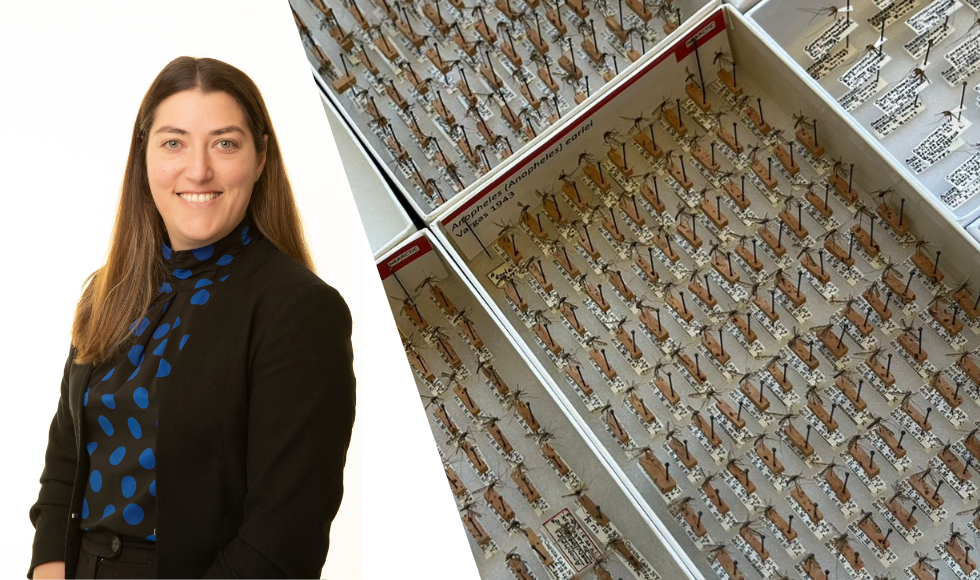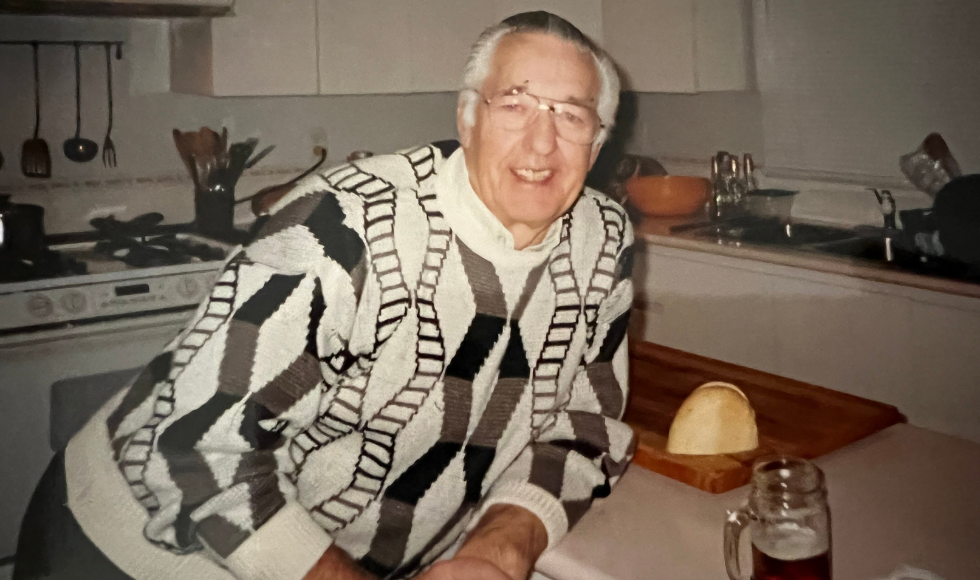‘I could do that’: Researcher Amanda Cooke on studying malaria in Southern Ontario

Bioarchaeology PhD candidate Amanda Cooke is researching historic malaria in southern Ontario.
BY Amanda Cooke
April 3, 2024
Bioarchaeology PhD candidate Amanda Cooke writes about her experiences researching historic malaria in southern Ontario, where it’s possible malaria was introduced by troops coming across the border and maintained through European settlement and the ensuing modification of the landscape. Click here to learn more about the Pathogen Prospecting project.
In its December 2023 report, the World Health Organization estimated that there were 249 million malaria cases in 2022, with 608,000 related deaths across 85 countries.
Because Africa experiences most cases, it is common for people to assume that malaria is a tropical or sub-tropical illness. It comes as a surprise to many when they learn that Canada was once endemic for malarial disease.
In fact, it isn’t just Canada. Temperate regions including the U.S., the U.K., the Netherlands, and even Finland, above the Arctic Circle, were historically endemic for malaria.
Even now, Health Canada watches for malaria, with around 488 annual cases. These cases are usually imported, but surveillance remains important considering the threat of climate change, which could see a resurgence of malaria in more temperate regions, including Canada.
In the fall of 2022, I learned that malaria was endemic to parts of Canada, including southern Ontario, until quite recently. While I suspect (and hope to prove) that malaria was on a natural decline towards the end of the 19th century, we only eliminated malaria in Canada and the U.S. in the 1940-50s, thanks to the use of DDT and another product called “Paris Green.” Both were used indiscriminately and caused significant ecological consequences.
Mosquito detectives: Researchers go “pathogen prospecting” to fight malaria
The spark
Before starting my doctorate in the department of Anthropology, I was a sessional instructor at the University of Victoria, where I taught a course on the archaeology of infectious disease. During my lecture on malaria, I explained to students that the current methods for identification in human skeletons (looking for evidence of anemia caused by malaria) are circumstantial, and more could be done to improve our ability to recognize this disease in the archaeological record — and that this would make a great graduate thesis topic.
Later, as I was heading home, I thought, “Well, I could do that!”
I also have a personal connection to malaria. My grandfather contracted the relapsing form of malaria (Plasmodium vivax) while conscripted in the U.K. National Service and serving in Egypt. Over his lifetime, my grandfather suffered several relapses of malaria fever and was periodically bedridden as a result. Witnessing my grandfather’s illness growing up, and later learning more about malaria and its connection to the landscape, inspired my doctoral research.

Pathogen prospecting: Straight to the source
How did the idea of pathogen prospecting come about? Well, in addition to the issues associated with skeletal identification of malaria in the past, ancient DNA research has also had limited success. So, I thought, “What if we went straight to the source?”
My supervisor, Megan Brickley, suggested the use of insects from entomology collections based on her previous work in a department with collections dating back to the 1840s. This led to my contacting Mark Nelder, an entomologist with Public Health Ontario who specializes in vector-borne diseases, and a collaborative paper with Nelder, Brickley, Rachel Schats and genetic anthropologist Hendrik Poinar.
While pathogen prospecting using museum insect specimens is beyond the scope of my PhD research, I’m thrilled to have been a part of this research so far, and I look forward to further collaboration.
Working with Ohneganos
When settlers first arrived in Canada, they set out to transform the landscape into the familiar, leading to the displacement of Indigenous Peoples, widespread deforestation, canal building, urbanization, and agricultural production. It’s possible — even likely — that these changes would have had profound consequences to mosquito breeding habitats, potentially increasing their numbers near human settlements, driving up malaria cases.
My work with Six Nations starts this year. It will involve participation in the Ohneganos project, a collaborative partnership between the Six Nations of the Grand River and numerous settler researchers.
Ohneganos is now partnered with NSERC Global Centre for Climate Change Impacts on Transboundary Waters, led by Gail Krantzberg.
Central to the investigative ethos and research design is knowledge co-creation, a sharing and integration of Western Science and Indigenous and Local Knowledges to serve community health initiatives.
Since its inception, Ohneganos has addressed many facets of community health, including climate change and water health, where my malaria research fits in.
In recognizing the disproportionate effects of epidemics, climate change, and environmental degradation on Indigenous communities, I hope that this research will have practical implications for present and future public health strategies, particularly in the face of climate change and resurgence of vector-borne diseases in Canada.
My data collection starts this summer, and I can’t wait to see what I will be able to discover about historic malaria in Canada, as well as how my research can benefit public health surveillance initiatives, Six Nations of the Grand River and the Ohneganos project.


